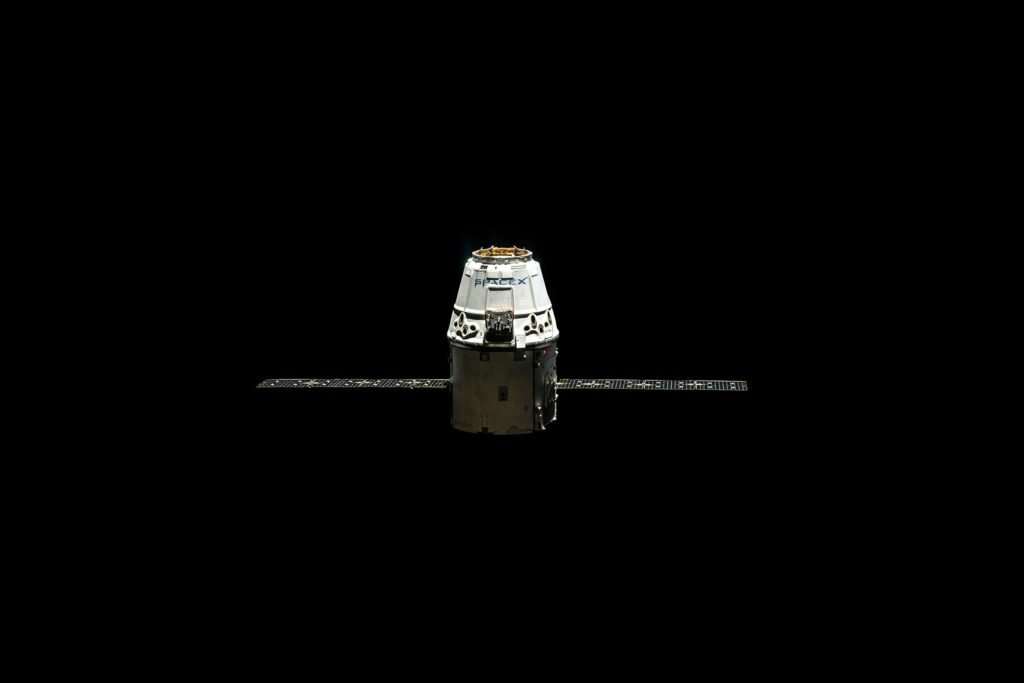
The art and science of observing our planet from space
From hundreds of kilometers above, satellites capture what our eyes can’t — the pulse of a living planet. They orbit silently, collecting light, heat, and motion, turning them into stories about forests, oceans, and cities below. This is how we see Earth as a whole, dynamic system — not from the ground, but from the stars.
- What Is Remote Sensing?
Remote sensing quite literally means “seeing without touching.” It’s the science of gathering information about Earth’s surface using sensors aboard satellites or aircraft.
These sensors detect reflected sunlight, emitted heat, or radar signals bouncing off the ground — all without physical contact. In a single orbit, one satellite can photograph an area spanning thousands of kilometers, capturing patterns invisible to human sight.
This invisible vision helps us monitor climate shifts, map ecosystems, and respond faster to natural disasters. - The Eyes of the Satellite
Satellites use different kinds of “eyes” to observe Earth:
Optical sensors capture visible light, much like a digital camera.
Infrared sensors detect heat and temperature variations, revealing where land or water is warming.
Radar sensors emit radio waves that can penetrate clouds and darkness — letting us “see” even through storms or at night.
By combining these data types, scientists can build a more complete picture of our planet, far richer than what any single image can tell. - What They See from Above
From vast forests to crowded cities, satellites record the continuous transformation of Earth. They detect wildfires as they spread, monitor flooding rivers, and track the slow retreat of glaciers.
Each snapshot tells a story — of growth, destruction, and recovery. Every pixel represents both nature’s resilience and the mark of human activity. The data are sent in real time to ground stations, where analysts and policymakers use them to protect lives and plan for a sustainable future. - Why It Matters
Watching Earth from above isn’t just about curiosity — it’s about responsibility. Satellite data reveal how our planet is changing and how our actions shape that change.
From mapping deforestation to tracking ocean temperatures, satellites like Landsat, Sentinel, and MODIS have been recording Earth’s heartbeat for more than two decades. Their continuous observation helps governments, scientists, and citizens make informed decisions to safeguard the environment. - The Future of Earth Observation
Today’s satellites are smaller, smarter, and faster. Networks of micro-satellites orbit in coordinated constellations, creating near–real-time maps of our world.
These constellations can detect changes within hours — from new buildings to shifting coastlines — providing data that’s accessible to anyone, anywhere.
The future of Earth observation isn’t just about technology; it’s about connection. We’re learning to see our planet as one living, breathing system — and to act as its caretakers.
Design Insight
Aesthetics can enhance understanding. Use a palette of sky blue, soft green, and muted gray to evoke clarity and calm. Choose modern, lightweight fonts such as Poppins, Nunito, or Inter to match the scientific yet human tone of space observation. Visual transitions — like zooming out from Earth to orbit — echo the wonder of seeing our home from afar.
